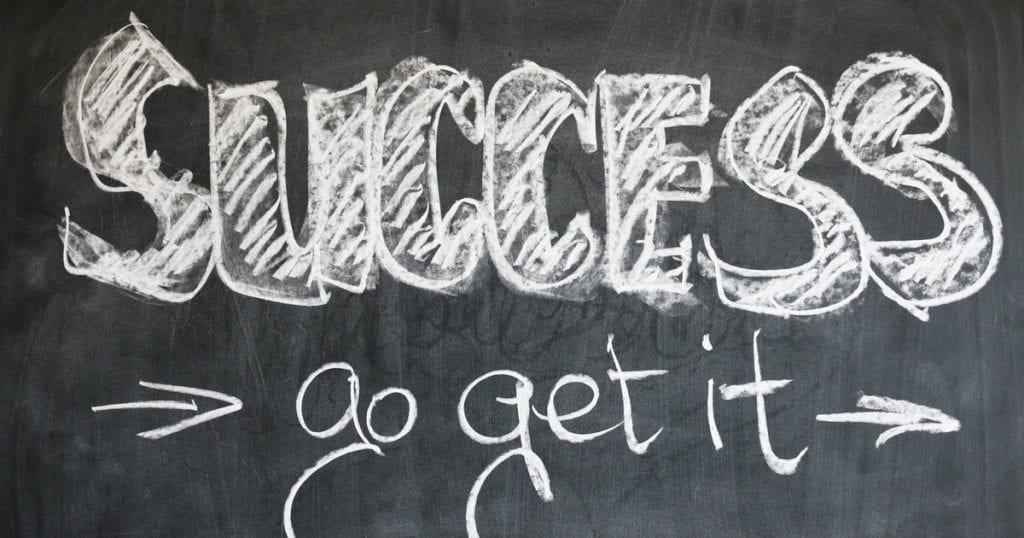
Trading Successfully
I think a key driver to get you from making mistakes to actually trading successfully and having a plan is that people need to understand the passion.
Lunch time would come when I was young and working in an office, pushing paper. I’d walk all the way uptown to go to a bookstore, and I’d sit in the bookstore all of lunchtime looking through trading books. When I worked overseas, the same thing. Even in London; I was working in the city and I would walk across the other end of the city at lunch time. We weren’t really allowed to have a lunch hour in those days. I would spend time finding new trading bookstores.
Consider a book like Curtis Arnolds, ‘PPS Trading Strategy’.
I don’t read the book from start to end and stick it on the bookshelf like a little trophy. I have met people with hundreds of trading books. I had a client who was a doctor –loveliest guy on the planet, very smart, but he literally bought every new trading book that came out. He would read it once, put it on the bookshelf, and it was like a little trophy. He didn’t act on the information. Whereas if you take a book like “PPS Trading”, and admittedly it did set off light bulbs to me, and it made complete sense and I acted upon the information.
To give you an idea of what I did with that back in the days when I was using SuperCharts, which is the precursor to TradeStation. I would go through years of commodity charts. I’d go back and look for patterns. I would do it all by hand and keep a spreadsheet and notebook on what these patterns were doing. I spent two hours a day, seven days a week, for eighteen months, before I even made my first trade using that strategy. I remember my wife Trish would come in and say, “Get off the computer! It’s time to do something else!”
It was a passion. I don’t think you can push yourself in a certain direction without a passion. You’ve got to have a passion –I don’t know where that came from. The point is, it’s the old ten-thousand-hour rule. You’re not going to be good at something unless you spend ten thousand hours doing it. Before I had even placed a single trade, I had probably spent two or three thousand hours on that system. It did several things to me. It obviously made intuitive sense as to what I was doing. I could see things that you can’t see in this modern day just running a back test through a computer. Back then I could see where and why these patterns were setting up. Even today, the same patterns are still setting up in the same places. I can say to my clients, “You watch, this pattern is going to set out right here. It will unfold over the next two weeks” –and sure enough, it does.
You learn things by hands on experience. That was a breakthrough for me. I didn’t place a trade on that strategy for the first eighteen months, but the first year I traded I made a 40% return, and that was it. So looking back, even when I worked on the trading floor of the Sydney Futures Exchange, there are guys doing the same stuff that they were doing back then. They work in the financial markets as a career. It’s a job and not a step up to becoming a trader. That’s the big difference, I think. I always looked at working in the business as learning as much as I can with the intent of going out on my own eventually. I remember back in the 80’s going down to the stock exchange trading floor at lunch time, and just watching. It was just in me. I think that’s a big difference between a professional and an amateur. I think if someone wants to make a real go of it, it’s got to be a passion that drives them, rather than the drive for a profit, or something like that –which is how most people approach it.
For as long as I can remember, that’s what it’s all about. Researching and finding things. I could sit down for hours and hours on end testing systems or playing with ideas. I’d wake up in the middle of the night with an idea, and it’s constant. It’s absolutely constant.


